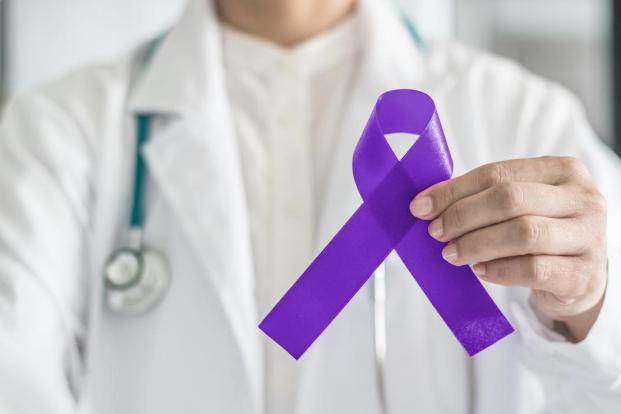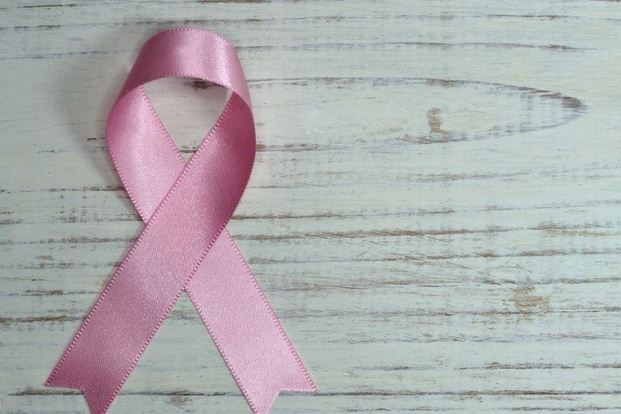Lump in the Breast, What to do?

Apr 19, 2022
Breast cancer is the most common cancer in urban females in India. If breast cancer is detected early, prognosis is very good. If lump is detected in the breast, you should consult your doctor immediately.Most breast lumps are fibroadenomasor cysts which are benign. However, you should always see a doctor if a lump develops, as the breast lump may be cancerous.
There are many causes and that depends upon the age as well as nature of the lumps. If the lump is rapidly increasing in size along with hard consistency, there will be high probability of malignancy. Similarly, a lump in the breast of an elderly lady will favor more towards malignancy. A lump, which is present for a long time, is not increasing in size, likely will be benign lump. Most cases of cancer develop in women over the age of 50. Apart from lump, associated signs like swelling in the armpit,changes to the skin of your breast, changes in the shape or size of your breast, bloody nipple discharge, etc. should be sought.
Consulting a doctor is Important:

Any breast lump in any age group should be examined by the doctor. If you have close relatives who had breast cancer under 50 years, lump should be investigated properly in view of increased risk of malignancy. After proper examination, doctors can guide you regarding whether to go for further investigation or keep under regular follow up. Investigations that can give clear picture are Fine needle aspiration cytology (FNAC), mammogram or ultrasound. FNAC is highly sensitive test to diagnose breast cancer. In less than 40 years age group, ultrasound of the breast and for age more than 40 years, mammogram is the preferred imaging modality. As the age increases, chances of malignancy will increase. If FNA and ultrasound/mammogram are suspicious, needle core biopsy is required. If final diagnosis is benign lesion, then excision if patient is apprehensive, otherwise follow up is required. If diagnosis is malignant, then patient requires further work up. Depending upon final stage of the lesion, the patient will require surgery either breast conservation or modified radical mastectomy and breast reconstruction if patient is willing. After final histopathological examination, further treatment in the form of adjuvant chemotherapy, radiotherapy and hormone therapy will be required based on the final pathology report.`







